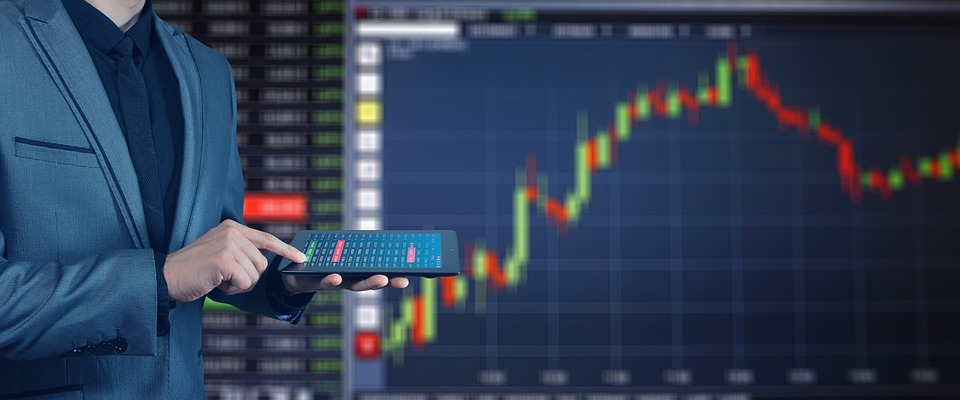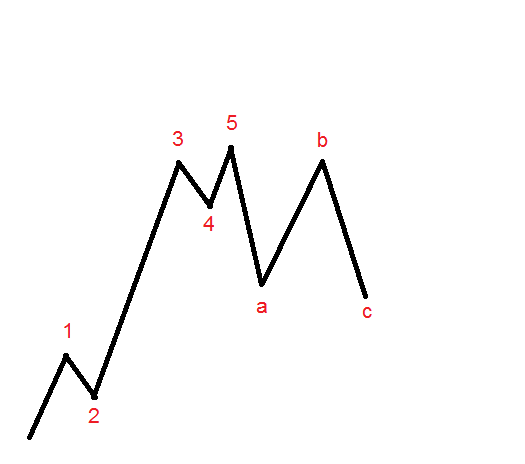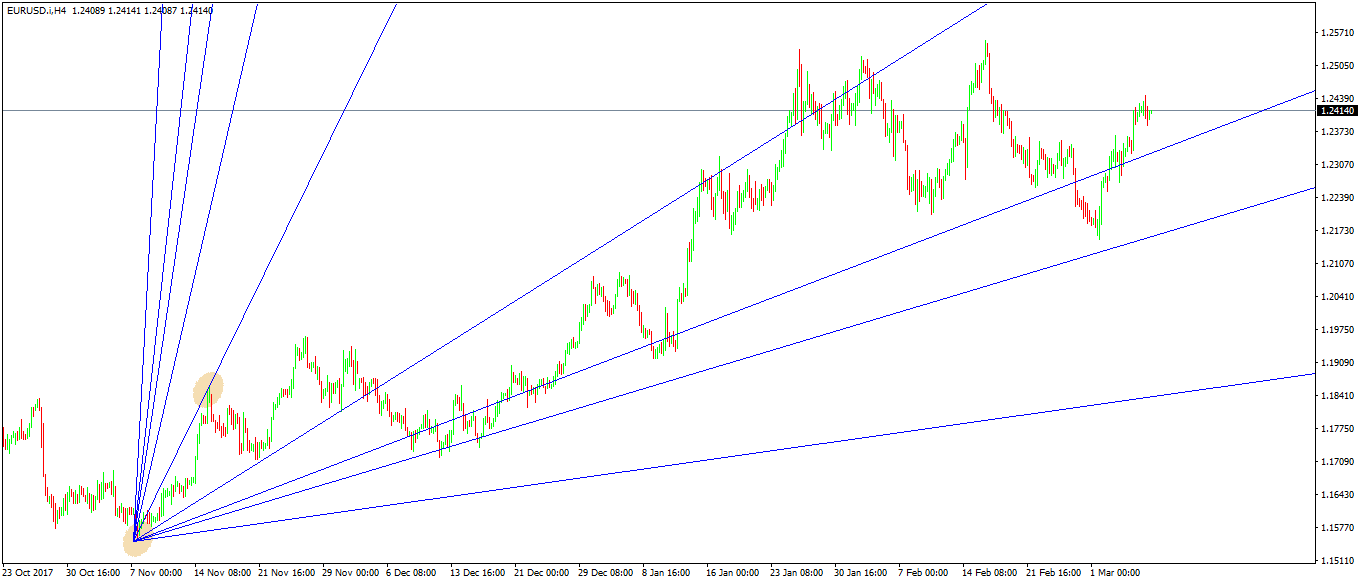Trading Theories to Use: Short Description of Each
In sharp contrast with indicators, trading theories aim to map the markets. While they appeared a long time ago, traders use them in Forex trading too.
Trading theories claim to forecast future prices based on historical ones. In a way, that’s what trend indicators and oscillators do.
However, there’s a big difference. It comes from the time horizon.
Trend indicators help enter a trend, and oscillators give clues as to when a potential reversal appears. And that’s it.
If you’re satisfied with this kind of trading, that’s ok. But some traders want more.
What if the market movements do have an explanation? What if Forex trading is more than making sense of chaotic moves? What if?
Trading evolved with the speed of light. Believe it or not, in the last few decades technologies offered new possibilities to access the market.
Possibilities that didn’t exist, but new technologies disrupted the markets. And, they changed the way we, as traders, look at markets and perceive them.
What is technological progress, anyway? A bunch of talented and hard-working people striving for the light at the end of the tunnel.
Something deemed impossible, in the end, becomes reachable. Why not apply the same principle to Forex trading?
Trading theories or concepts have a mystic aura. The difference between a trading theory and trading with an indicator is like between a legend and a story.
A legend is something few believe, but many search for.
A story is something that we know happened. We need no further proof.
The same goes with trading theories. They belong to that side of technical analysis few dare to go.
But the ones that do encounter a different world than the one of merely trading overbought or oversold levels. They find theories and concepts built on logical thinking.
And, they find unfinished work. After all, how do we, as a society, progress, if not continuing the work of our predecessors? That’s so true in Forex trading!
Then why isn’t everyone jumping into trading theories? Why sticking with scalping, trend indicators, and oscillators, when you can dip into logical thinking and market understanding?
The explanation is more than simple. It’s hard work, dedication, time-consuming, and with an uncertain outcome.
Hence, most choose the easy way. Isn’t that how human nature works?

Elliott Waves Theory in Forex Trading
The Elliott Waves Theory (or the “Secret of the Universe” as Ralph N. Elliott titles his last book) has many practitioners in the technical analysis universe. Moreover, it claims to understand human nature.
When all you hear around you is how prone to error traders are because of traits like fear and greed, then you turn your eyes to the Elliott Waves Theory.
The theory has a brilliant concept. It divides the market moves in waves.
Moreover, it further splits the waves into impulsive and corrective waves. And, an impulsive wave always has a correction that follows.
Elliott came with the idea that the market moves on human input. More precisely, on human behavior.
Therefore, he looked at price patterns and labeled them in such a way to fit a cycle. A cycle that comprises both an impulsive and a corrective wave.
To complicate things even further, he acknowledged the fact that any market has different perspectives. What he wanted to point out though, was the traders’ perception of each market.
Nowadays, that’s obvious in Forex trading or in trading any other financial products. The timeframes come to help.
But when Elliott came up with the theory, there were no personal computers available. Imagine the effort he put in!
For more about the Elliott Waves Theory and the way to count waves, check the articles to follow in this Trading Academy. For now, for this level, just remember that five waves up followed by three waves down, form an Elliott cycle.

The Gann Theory
W.H. Gann was a famous trader that dealt in the commodity markets, as well as in the stock market. He was passionate about numbers and astrology and was a firm believer that everything moves for a reason.
One of his famous predictions came true not only at the right price but at the right time. And so, financial markets heard for the first time the notion of price and time in trading.
In other words, not only the price (the target) matters but the time also (when the price will reach the goal). Ever since those days, combining price and time became the aim of every trader.

Forex trading incorporated the Gann principles fast. In fact, all trading platforms offer the so-called Gann tools, but none explain the concept.
The one that comes close to it is the Gann Fan tool. Let me explain.
Gann had the idea that everything moves for a reason. And, that every financial security (e.g., currency, individual stock, commodity, etc.) rises and falls respecting a particular angle.
An angle so unique, he named it 1x1. The Gann Fan tool available in all trading platforms, MetaTrader4 included, shows the 1x1 line in the middle of it.

Check the chart above and count four lines to left and four to the right. The one in the middle is the famous 1x1 line.
Now, as all things related to trading theories, Gann’s work has a mysterious touch too. His writing was lost then rediscovered, his legacy was miss-interpreted, and some even pointed out that one of his books used coding for explaining the main theory.
Is it the truth? Is it a myth? Perhaps we’ll find out.
Point and Figure Charting in Forex Trading
Point and figure charting is one trading theory that made its comeback with a vengeance. While quite old, it was recently rediscovered and brought to light by traders looking to filter the swings in Forex trading.
Unfortunately (like any “gem” I would say), no software works for its correct interpretation. Make no mistake, indicators that claim to show a point and figure chart correctly do exist.
But, the principle is so specific to each currency pair, that plenty of customization is required. And even so, the software fails to capture the “human touch.”
I won’t insist much on it but want to point to why it re-captured traders’ imagination: it deals with time, not only with price.
In other words, this theory can “skip” dull or lull days in Forex trading. Days that just don’t matter, unless the price travels a certain distance. If not, the chart stays merely as is.
A regular chart will display a bar or candle for every period. Not the right point and figure chart, though!
Its main advantage is that the resulting chart is far more accurate, as it “scraps” unnecessary information. Who wouldn’t want to trade such a theory?
However, because it involves manual calculations and some math-oriented minds, not many traders get along with it. Savvy traders, though, strive to get the best of it.
Conclusion
The subject of this article is too vast to cover it all at this stage of our Trading Academy. The idea was to highlight the essential trading theories, the ones that do stand out of the crowd.
Later in the Academy, we’ll cover some of them in more detail. We’ll look at what makes Elliott Waves unique, and how to use Gann in Forex trading.
We’ll also discuss Gartley (the father of harmonic trading) and other concepts that, in time, evolved into trading theories. But we’ll concentrate on the most powerful ones, the ones that should not be missed from any trader’s analysis.


